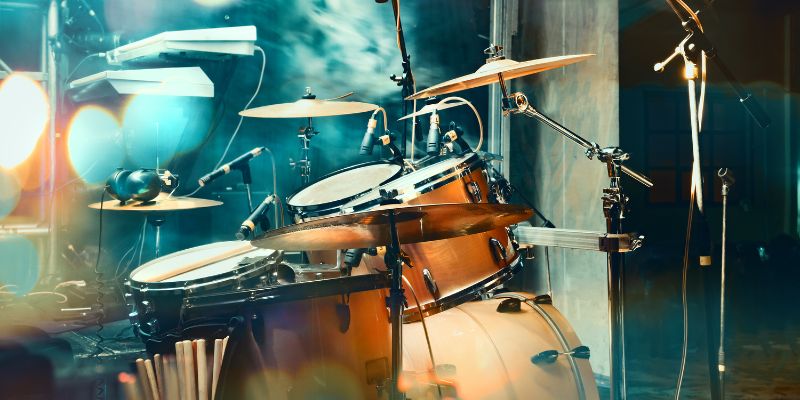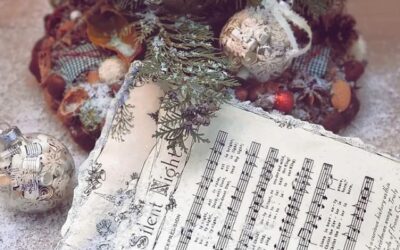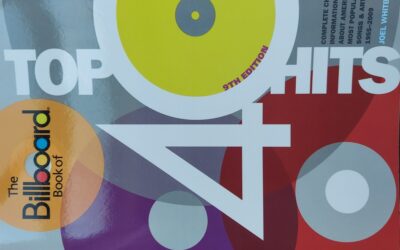There’re a few things that partly deaf neighbours and sleepless family members who live in the vicinity of a drummer can do to preserve their sanity. You could always try politely asking them to switch to another instrument… Or, a new solution seems to have come around: somehow convince them to become producers instead. If modern trends are anything to go by, with some luck, the drummer in your lives could soon switch completely to programmed drums instead of live ones for their songs. And there you have it: the solution involves getting them into a new racket.
In our last post, we looked at some of the reasons the bass guitar tends to be overlooked in modern mainstream music. The realization there was that even though the bass guitar itself may not be as prominent anymore, “bass” is still a huge part of nearly every musical genre. This just means that bass has had to adapt to new forms and requirements of modern music. We could be seeing a similar movement happening with drums as well: in genres like pop, electronic and hip-hop especially, it seems as though programmed or computer-generated drums have started replacing real drums, and more importantly, real drummers.
It’s important to remember that this movement isn’t spread over all kinds of music—jazz, metal, progressive and rock are examples of some genres that, for the most part, still need live drums to function. In jazz for instance, the elements of live improvisation and soloing are non-negotiable, and until technology is able to catch up with those demands, live drummers aren’t going away anytime soon.
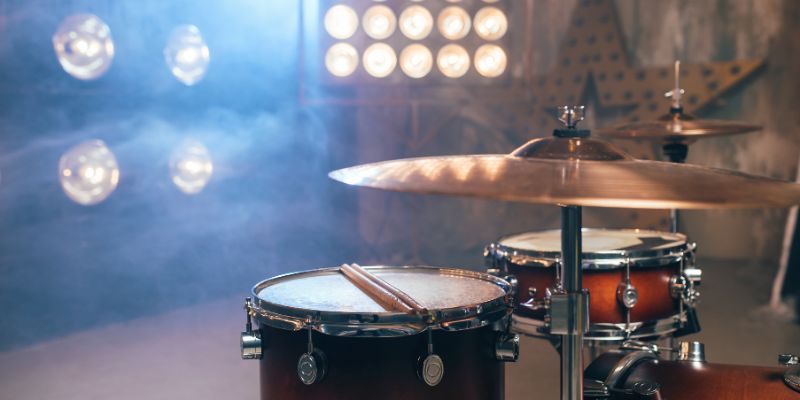
Why Are Programmed Drums Becoming Popular?
Overall, there are a couple of important reasons programmed drums are so popular.
It’s just easier (and cheaper): A drum kit is a collection of many different drums and cymbals – getting a good recording of a drum kit requires a well set-up recording room, a good set of mics, a competent recording engineer – and a good amount of time! With programmed drums, this whole set of variables is eliminated, and with computers and software evolving as they are, it’s quite possible to get very believable/usable drum tracks in a very short time.
Artistic Choice/Playing to the Grid: Programmed beats are mostly quantized (pulled to a tempo ‘grid’ with no ‘human variations’ in song speed) to remain the same from one bar to another. This makes more sense when you see the kinds of music that programmed drums are mostly used in: pop, electronic and hip-hop in general rely on a sense of catchiness and repetition, and so with programmed drums, any inconsistencies in the beat are eliminated. This also makes it much more convenient in the studio, since creating a beat on a keyboard that you can simply loop throughout the song is easier than recording a live drummer to play the same beat without making it sound different every bar.
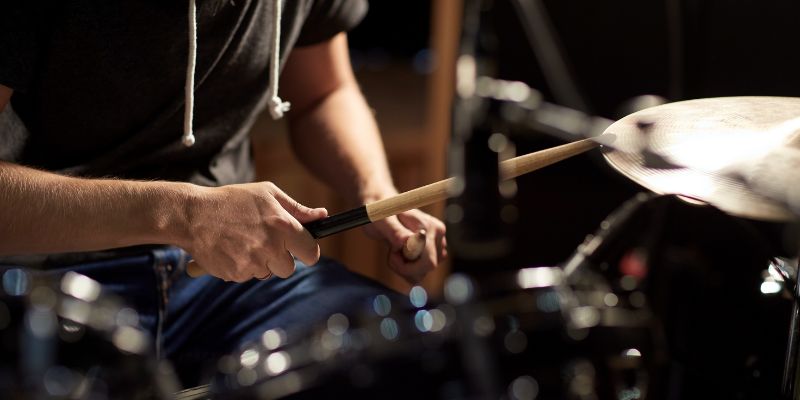
As we said before, drum samples and virtual kits have become so advanced that they come scarily close to replicating real drum sounds. Their accessibility also means that there are unlimited possibilities for what kind of drum sound producers want for a track. But what about outside the studio space? That leads us to our next section.
Live Performances
There’s another important thing to consider – performing live. Sometimes it’s hard to replace a drummer playing on a drum kit with a drum machine or keyboard live, since a drummer adds energy and aesthetic value to a performance. Watching a real drummer play can also help the audience out with visual cues, and it might make following the beat easier if you can see who’s playing it. If standard, quantized drums are the flavour of the month for studio recording, live performances open up a lot more possibilities for live drumming. Some artists who use samples or computer drums in their records actually prefer having a live band and drummer in their stage performances, and this trend is most noticeable in hip-hop.
Kendrick Lamar and Mac Miller are modern rappers who have done tours with full bands supporting them. Anderson .Paak takes it one step further and does both the rapping and drumming himself at the same time! Even pop artists like Justin Beiber have chosen to play with live bands when performing, like in his NPR Tiny Desk performance.
These aren’t coincidences either. Musicians realise that when it comes to dynamics, groove and excitement, live drummers are still unbeatable at their trade. There’s no way that a programmed drum track can bring the same amount of live energy and ‘feel’ as a real drummer. There is a kind of middle-ground between the two while performing live, however: hybrid drum kits. These kits have both electronic and acoustic drum parts built into the same set, meaning that a drummer can switch between feels according to the music. For example, if a verse needs only a clap sound but the chorus needs a more powerful, open hi-hat groove, hybrid kits seem to provide solutions for both sides. This is usually done by using drum triggers or electronic pads that are placed alongside the acoustic drum parts. We highly recommend you watch this incredible drum solo by Juan Carlito Mendoza that beautifully demonstrates just how much a hybrid kit is able to do.
Summing Up
We’re sorry to tell you, exhausted neighbours and family members, that even though programmed drums are becoming more and more popular, it doesn’t seem like there’s enough reason for the drummer nearby to toss his kit away (just yet). Although programmed drums offer a lot more convenience and standardisation into music that relies on steady rhythms and beats, live drummers are still a crucial part of too many kinds of music for them to actually be in danger of being replaced by computers. Even within genres like pop and hip-hop, live performances provide avenues for drummers to bring their own unique skills and playing styles to songs that may have had programmed drums in the album version. Plus, electronic drum sounds are actually helping get more out of drummers by forcing them to get more creative in order to keep up with the times. Here’s world famous jazz drummer Mark Guiliana talking about how he tries to add electronic sounds into his acoustic kit to create interesting combinations and interactions between live and electronic drums. So, whether you’ve just picked up a pair of sticks for the first time, or you’ve been playing for a while, fear not: live drums are here to stay.

